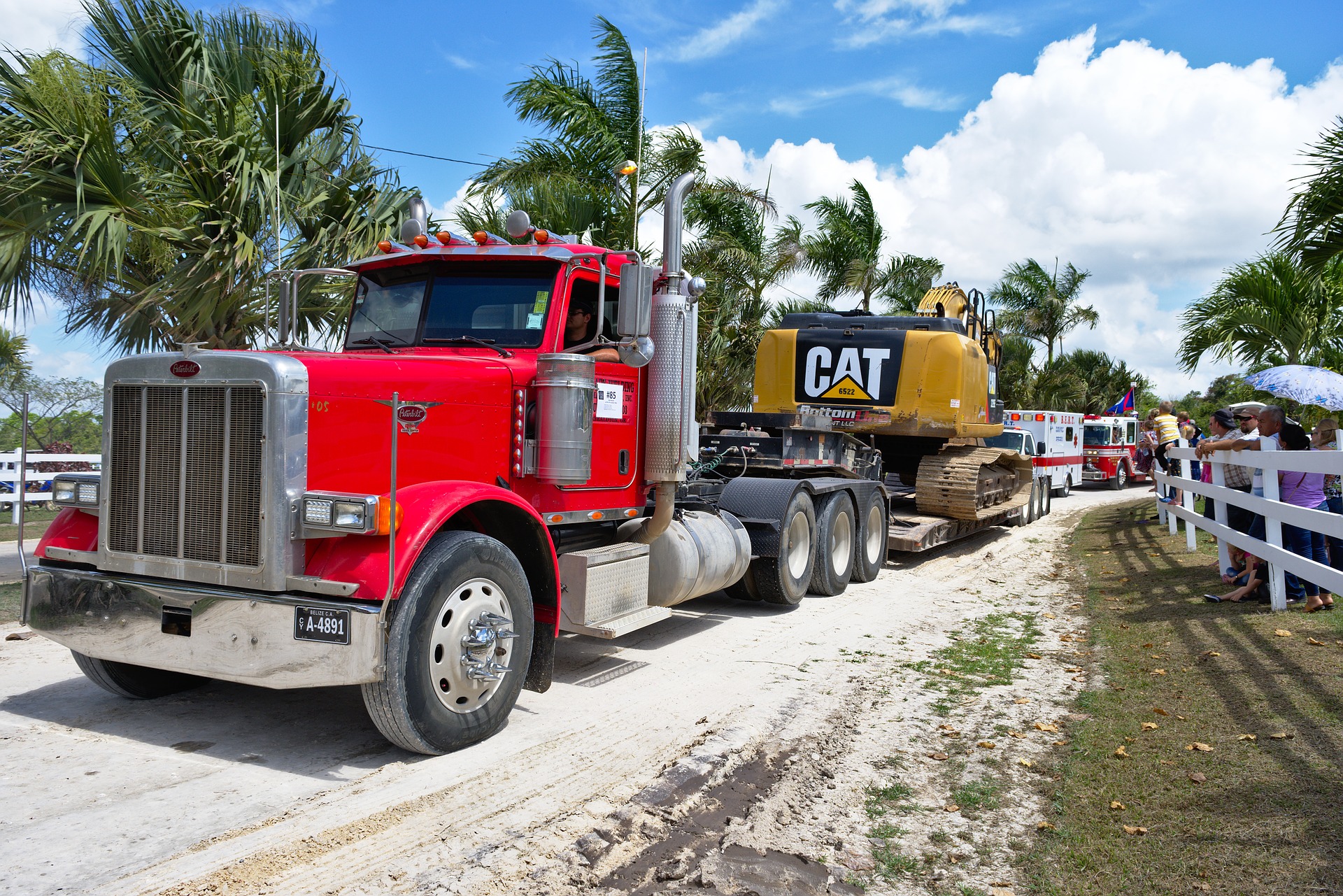Achieving circularity with scale in the packaging industry

In its 2022 report, Circularity Gap Initiative revealed that only 8.6% of all material used by humankind is recycled, with the rest contributing to the rising waste levels. A circular economy prioritizing recycling and reuse is the need of the hour that entails keeping raw materials, goods, and services in circulation for the longest time possible, limiting the level of waste that gets generated on a global scale.
Most of the per capita waste generated globally comes from primary, secondary, and tertiary packaging; hence, the packaging is one of the focus industries that should adopt circularity. Circularity in packaging necessitates achieving sustainability along with good business sense for better adoption and longer haul.
The Perils of Packaging
The new OECD report reveals that packaging contributes to around 40% of the plastic waste generated around the world. Plastic waste is a silent yet significant threat to the future of the planet; over its lifecycle, it emits greenhouse gasses such as methane and ethylene which directly lead to an increase in global temperatures.
Plastic waste also ends up in oceans and affects the ecosystems in underwater environments. A research report by Carmen Morales-Caselles has revealed that packaging items such as plastic bags and bottles top the list of ocean pollutants – at 14.1% and 11.9%, respectively.
Because of the aforementioned effects of plastic packaging materials, the OECD report indicates a grim reality — only 9% of plastic waste is recycled, 19% is incinerated, and around 50% ends up in landfills worldwide. Even more alarming is that the remaining 22% evades waste management systems altogether and is redirected toward uncontrolled dumpsites, predominantly in developing countries.
Disposable packaging also hurts the economy, with about 95% of its value being lost after a short, first-use cycle. As the Ellen MacArthur Foundation (in partnership with the World Economic Forum) research report has revealed, this translates into a loss of $80 to $120 billion each year.
Sustainability in packaging: A closer look at regulatory developments
The pressure to regulate packaging is on the rise due to the global consumer sentiment around packaging-related waste. A detailed study by McKinsey & Company has revealed that in countries like Indonesia, Brazil, China, and the USA, a vast majority of consumers are concerned about the sustainability of packaging, with many of them even willing to pay a premium for sustainable options. India tops this chart, with over 75% of consumers falling in both categories.
The rising demand for sustainable packaging has accelerated the development of regulatory policies in this area. It is worth noting that even before packaging came into the limelight, France and Bangladesh were many steps ahead in a drive to make it sustainable. In 1992, France implemented the Extended Producer Responsibility (EPR) scheme to tackle the problem of household packaging waste. In 2002, Bangladesh became the first country to ban plastic bags.
While these are some of the earliest measures taken to prioritize circular packaging, the later years of the 21st century have seen more fast-paced efforts across the world in this direction. Notably, China has led the race to reduce the dumping of plastic packaging waste in landfills overseas by banning imported plastic waste in 2017. Furthermore, the European Union introduced a union-wide ban on single-use plastics in packaging in 2017 to create the world’s first circular plastics economy.
Inspired by France’s efforts to enhance sustainability in packaging, several countries have rolled out their EPR schemes, including Japan, South Korea, Canada, and nearly all the countries in the European Union with operational packaging laws. In 2021, Maine became the first American state to legally shift the responsibility of packaging waste and disposal costs onto companies.
On the regulatory front for sustainable packaging, India has been a leader in the developing world in many ways. Of the 30 countries surveyed by McKinsey & Company, India was found to have the most regulatory measures focusing on secondary and tertiary packaging. These measures include the Food Safety and Standards (Packaging) Regulation, introduced in 2018 and continuously amended to keep sustainability targets in sight.
In September 2021, the India Plastics Pact was launched, and the country was the first in Asia to lead the change to build a more circular ecosystem for plastics. The year 2022 saw the Ministry of Environment, Forest and Climate Change introduce new rules for plastic packaging, requiring producers and importers to recycle up to 50% of single-use plastics within the next three years.
Why is circular packaging a necessity for companies today?
Amidst rising regulatory pressure for sustainability in packaging across the globe, many companies are actively taking measures to adopt more sustainable and circular packaging policies.
By embracing sustainable packaging guidelines and ensuring that materials are reused instead of dumped, companies stand to improve their brand image and appeal to millennial and GenZ audiences in a way hitherto deemed impossible. Many customers are voicing their preference for environmentally friendly packaging solutions. As per the Global Buying Green Report, 2021, around 67% of consumers prioritize the recyclability of packaging.
Circularity in packaging also offers long-term cost benefits to companies. A case in point is PepsiCo, which has switched to reusable plastic pallets and has, therefore, enjoyed annual cost savings of $380,000. Furthermore, this move has also helped the global FMCG behemoth eliminate expenditure to the tune of $320,000 per year on damaged products and brought in labor cost savings of $20,000 per year.
Leading the change toward circular packaging
One of the earliest companies to take steps to reduce plastic packaging waste was McDonald’s. The global goods giant introduced a Plastics Recycling Program as early as 1989. The company has also reduced its orange juice packaging materials by 75%, thereby decreasing annual garbage generation by 4 million pounds. In another pivotal move, McDonald’s has reduced the thickness of its polystyrene straws and burger containers by 12%, which has resulted in a one million pound reduction in plastic usage.
Fast forward to today, and we have many big brands committed to taking charge in the circular packaging movement. For instance, Dell’s bamboo packaging and commitment to sourcing all its packaging sustainably is an excellent initiative. Other global consumer goods brands such as Unilever, Coca-Cola, and Nestle have also decided to use 100% recyclable plastic in packaging.
Earlier this year, South America’s leading thermoplastic Resin producer, Braskem, invested R$130 million to accelerate the switch to a circular economy by constructing a Circular Packaging Development Center. And closer to home in India, ITC and Invest India came together last year to invest in research and innovation, to discover a suitable alternative to single-use plastics.
The way forward: Where are we headed and how prepared are we to get there?
The developments mentioned above are positive strides toward a future where circularity leads to economic benefits and environmental stability. As a recent analysis of Wood Mackenzie’s Cross-Polymer Demand Model has revealed, the outlook for the future appears optimistic, with packaging redesign and reuse projected to reduce the global demand for plastic by 20% by the year 2050.
With the right policy measures from governments and corrective strategies by companies worldwide, we could successfully mitigate the negative impact of unsustainable packaging practices and turn things around for the better, all without affecting business profitability. Moreover, this shift in outlook and approach can lead to significant cost savings in most cases, making it a win-win scenario for corporates, governments, and all other stakeholders.
Authored By : Partha Dash, MD (New Business & Growth), Moglix




